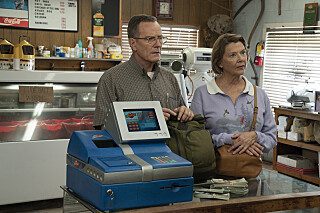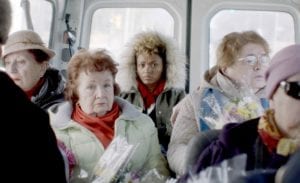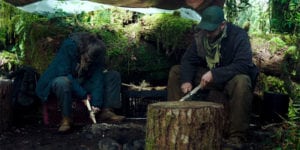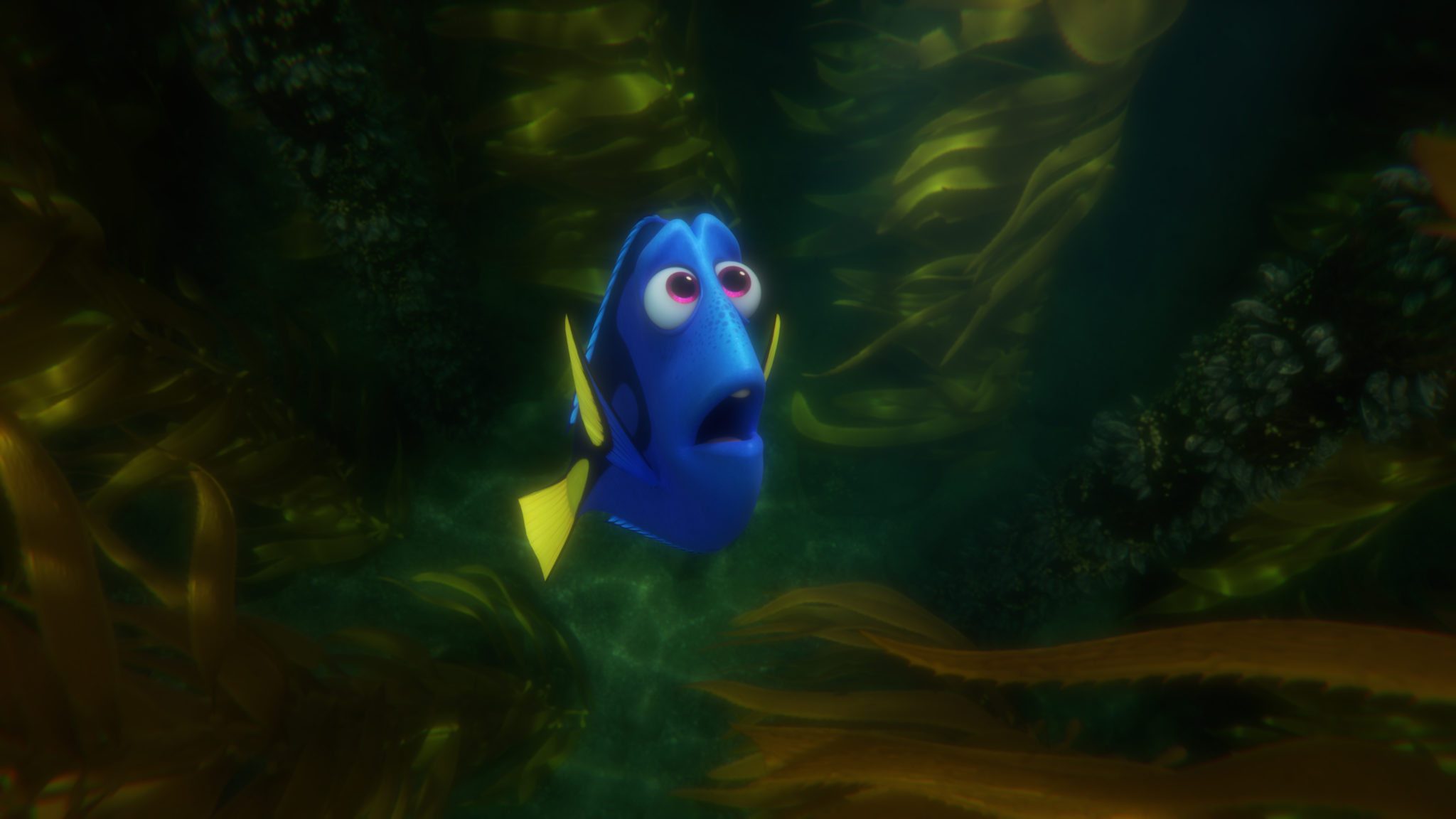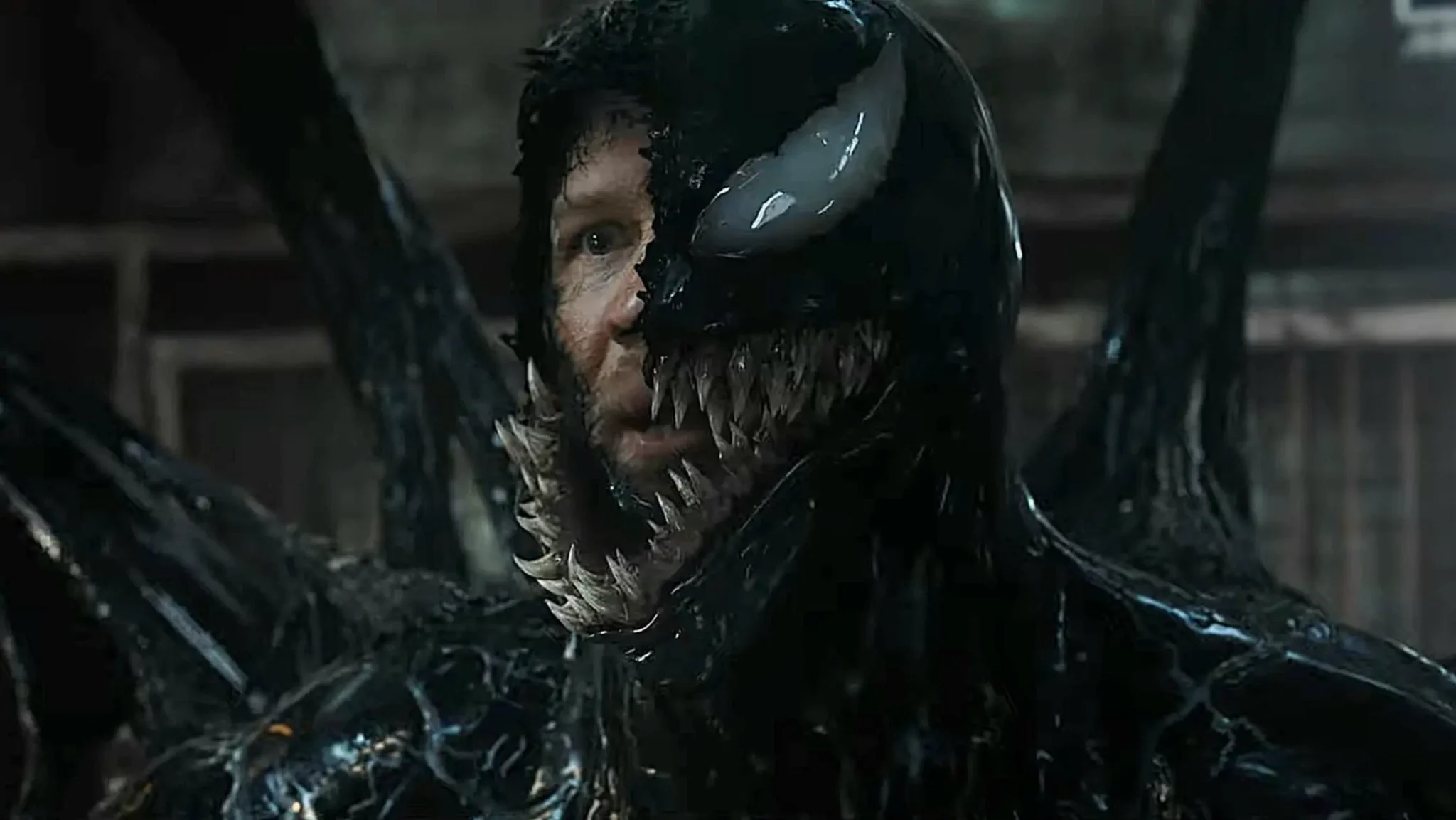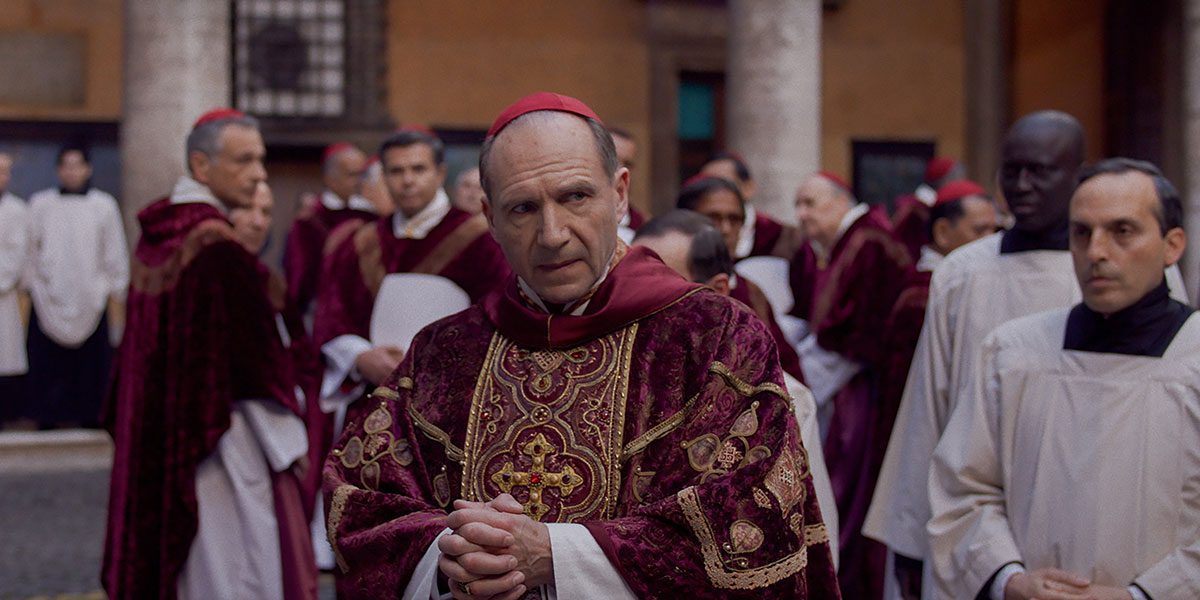?I?ve waited forty years for it to be just us, and so far, we suck at it.?...
community
As Give Me Liberty opens, we hear and then see a bedridden man who tells of being...
Leave No Trace?follows the story of Will (Ben Foster) and Tom (Thomasin Mackenzie), a father and daughter...
At the end of the day, we all want to go somewhere that has a roof to...
Space life is, in many ways, like being in prison, only with (hopefully) nicer individuals to deal...
Finding Dory served up a sequel/spinoff of the world that Nemo inhabited, with Ellen DeGeneres’ squeaky regal...

